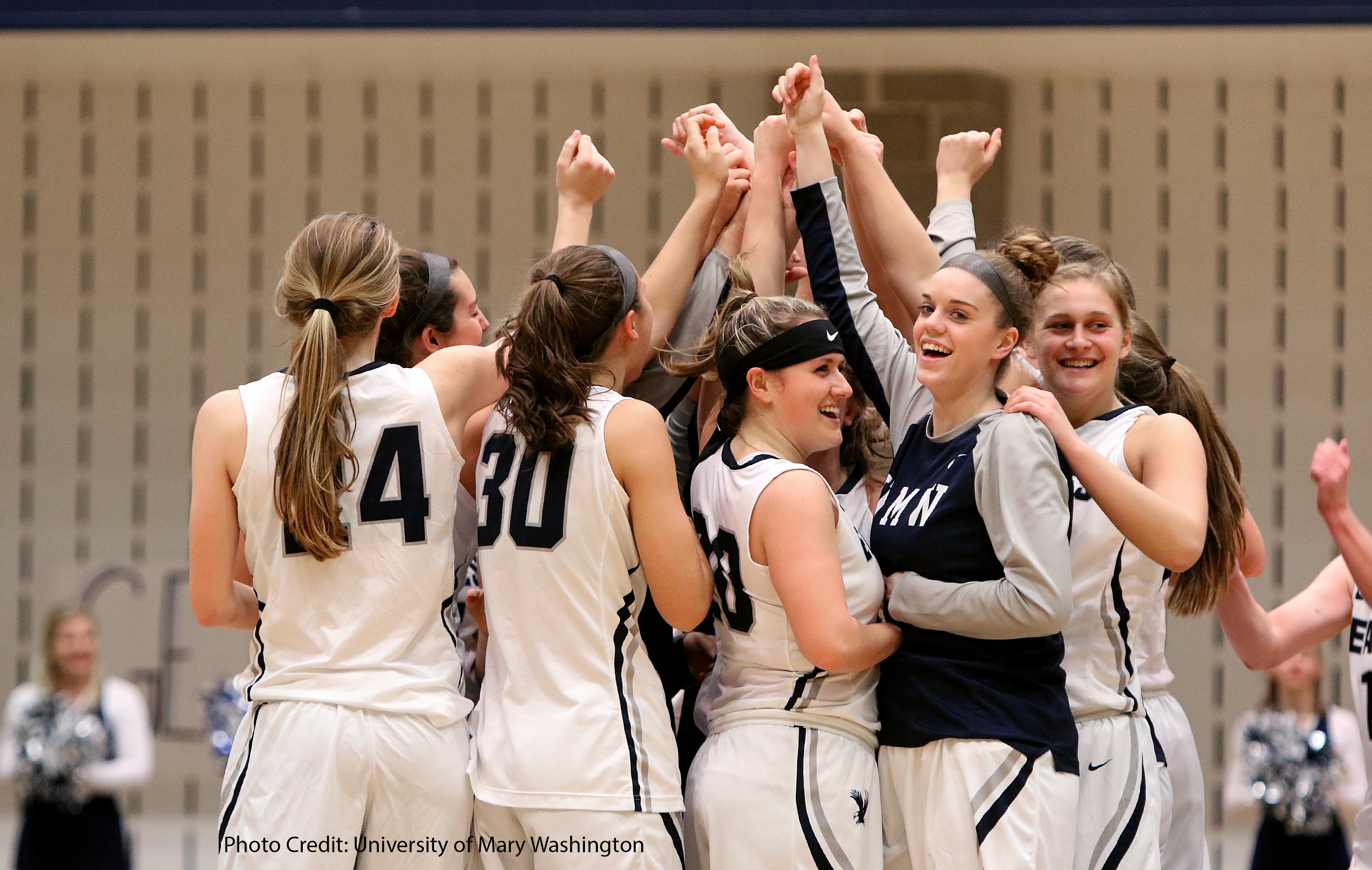Student-athletes interact with numbers on a daily basis as a way to track their athletic development, preparation for competition, and overall performance. Yet, does this real-life experience with quantitative information translate to the other parts of their academic life? Findings from the National Survey of Student Engagement suggest that it just might. In 2016, we collected survey responses from over 14,000 student-athletes attending NCAA member institutions (DI 27%; DII 23%; DIII 35%) and asked how often they:
- Reached conclusions based on their own analysis of numerical information (numbers, graphs, statistics, etc.)
- Used numerical information to examine a real-world problem or issue (unemployment, climate change, public health, etc.)
- Evaluated what others have concluded from numerical information
On average, a slightly larger proportion of first-year and senior student-athletes frequently engaged in these activities than their non-athlete counterparts.


Although the differences are small, they may not be trivial. The three items above comprise the NSSE Engagement Indicator called Quantitative Reasoning. Analysis of this measure found the gap between student-athletes and non-athletes was consistent across the three NCAA divisions, after controlling for confounding factors such as majoring in STEM programs (science, technology, engineering, or math), and other related student characteristics. On average, being a student-athlete had a statistically significant small positive effect on first-year and senior students' experiences with Quantitative Reasoning.
We were interested in whether this trend was related to student-athletes moving out of lab-intensive STEM fields because of possible scheduling conflicts and time constraints. Guiding this hypothesis were results from the recent NCAA GOALS survey indicating that one-in-six student-athletes across division believed they were precluded from pursing their desired major due to their athletics participation. However, our broad picture of the NSSE-BCSSE combined data suggests that this reason alone is not likely the case. By comparing incoming first-year students' initial STEM interest (fall 2015) to the same interest the following semester (spring 2016), we found the proportion of student-athletes who switched out of STEM majors was statistically similar to non-athletes (14.6% and 13.7%, respectively).
While more work is needed to fully grasp how being a college athlete affects engagement, it seems to have enhanced their engagement in Quantitative Reasoning--possibly providing an advantage by offering practical, everyday experiences with statistical information.
To explore other areas of engagement by athletic participation and NCAA division, check out the NSSE Report Builder. For more data and information about the NCAA student-athlete experience, visit NCAA Research for current study findings and statistics or follow @NCAAResearch on Twitter.
Authors:
Amy K. Ribera is a Research Analyst at the Indiana University Center for Postsecondary Research.
Lydia Bell is Associate Director of Research at the National Collegiate Athletic Association.
Robert M. Gonyea is Associate Director of the Indiana University Center for Postsecondary Research.


